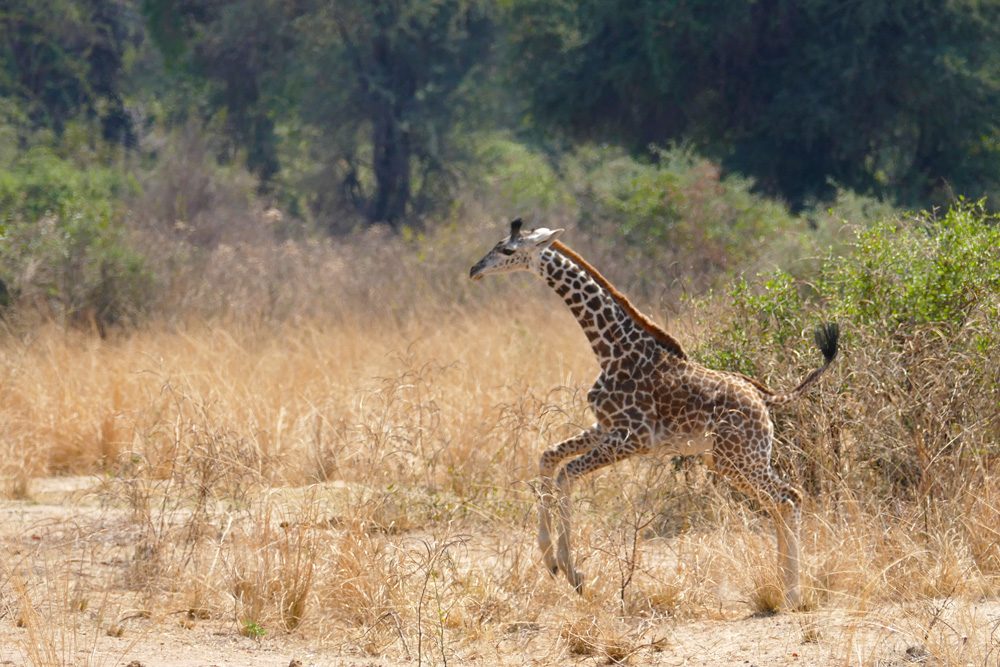Question:
Wendy and Tim,
Any recommendations for what type of camera to take on safari in Zambia? I see that you went last year. I know that Tim has pro stuff, but could you recommend a camera to lug along that doesn’t cost as much as the safari? Thank you, Katherine
Answer:
Katherine, here’s my husband TIm’s reply:
“Katherine, you are right: The photo gear I brought on our safari in Zambia was indeed professional. Which translates to heavy and expensive. A real commitment to the craft is required.
But our boys (then 13 and 15 years old) each brought one of the newer superzoom compact cameras. These cameras use an electronic viewfinder (EVF) to reduce size and expense. They also have amazing zoom lenses that get you up close and personal to the subjects from quite a distance away. They offer a very wide-angle view of the zoom range too, which seems counterintuitive to safari photos. But you’ll be surprised how many times you’ll be almost too close to the animals—especially if you want to show them in their environment.

It might seem counterintuitive, but a good safari camera should offer a very wide-angle view so that you can include an animal’s surroundings in the shot. Photo: Charlie Baker
We brought a Panasonic and a Nikon for the boys—and they shot the giraffe and bird photos you see here with them—but I would consider Canon or Sony as well. The cameras range from about $300 to $900. Check out the Panasonic Lumix, Canon PowerShot, Sony Cyber-shot, or Nikon Coolpix. All are very good cameras and would be excellent for general use once you are back home. It’s a very good idea to get them in your hand and give each a test drive to see what best fits you. Is it comfortable to hold? Does the zoom button match up naturally with your fingers? Is it easy to line up your eye with the viewfinder? Does it work with your glasses?

The newer superzoom compact cameras let you get very close-up shots but are not as bulky or expensive as professional gear. This shot was taken by our son Doug, on safari in Zambia. Photo: Doug Baker
The cameras have a battery life of more than 300 photos (much less if you shoot video. And all these cameras will). Many safari lodges are off the grid but have some way to charge camera batteries. So always buy at least one spare battery. Two spares would be even better.
Buy high-capacity memory cards so you don’t run out of space. A 64GB card costs about $30 and can hold thousand of pictures.
Buy it well before you go and practice with it. Go to youth soccer games to capture their movements like a herd of impala. Or go to the zoo and practice with your new camera. That way, you will have worked out the kinks before your trip and will be ready for that bull elephant’s mock (we hope) charge.”
Be a smarter traveler: Read real travelers’ reviews of Wendy’s WOW List and use it to plan your next trip. You can also follow her on Facebook, Twitter @wendyperrin, and Instagram @wendyperrin, and sign up for her weekly newsletter to stay in the know.







